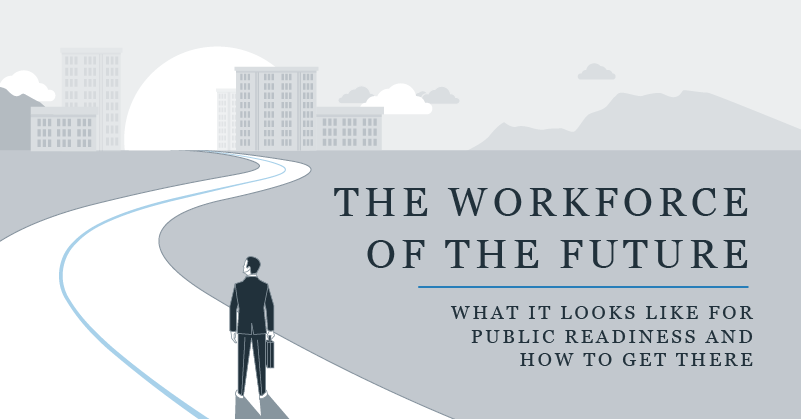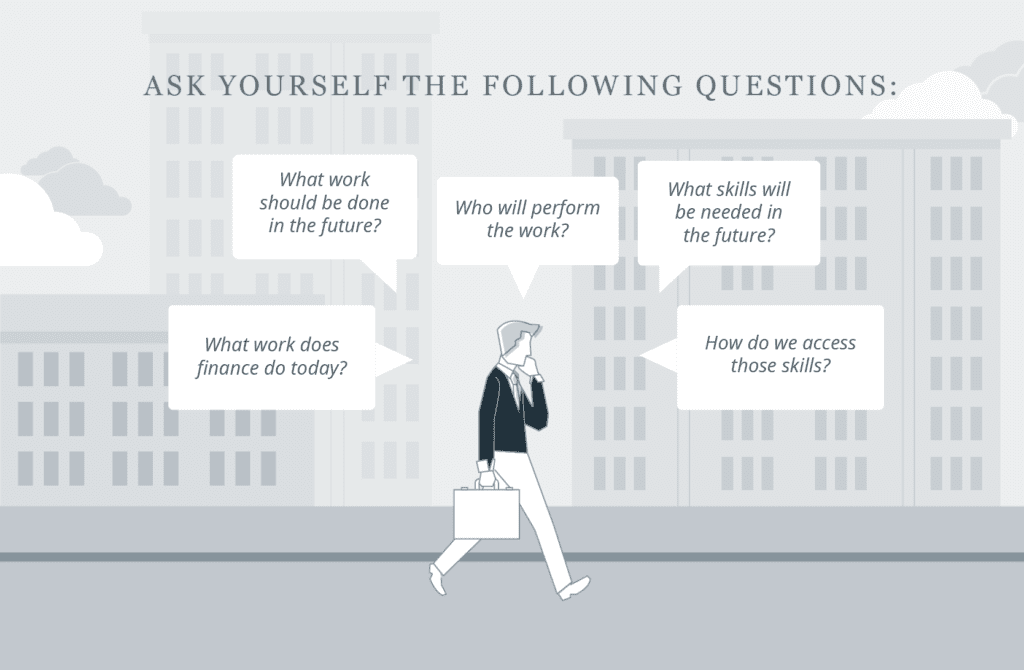
The path to public readiness in today’s environment is often intense and accelerated. There is tremendous pressure on teams to manage multiple competing priorities and navigate demanding stakeholders, internally and externally, on very tight timelines. Consequently, prioritizing your people is critical for preparing your company to go public. As you prepare for your public event, there are a few factors that we recommend addressing proactively rather than reactively:
- Segregation of duties
- Role clarity and career progression
Segregation of duties
We often see and appreciate an “all hands on deck” approach prior to going public. Seen in processes, access in systems and execution of tasks, this “do whatever it takes” mentality often prevails and everyone pitches in to get the job done. However, the segregation of duties required for public companies introduces new restrictions and technologies that impact the teams’ previous ways of working. These changes are often met with resistance, confusion and frustration.
Define the details: To define the segregation of duties, there needs to be: 1) a defined process, and 2) the appropriate technology that can limit the access of different roles in order to provide the appropriate checks and balances. Without a clear understanding of the process or the appropriate systems in place to enforce limitations, it’s difficult to provide the appropriate documentation to pass an audit and meet external expectations. Process documentation, internal audit teams and governance, and appropriate technology must be in place in order to support your team and manage the relevant people-related elements.
Embrace and execute the changes: After defining what is done, who does it and how it is done, it is important to help the team transition to embracing and executing the changes. While the new process flows and access lists may exist, there are more people-related concerns related to the transition and functional adoption. From a qualitative perspective, consider the change management related to the shift and ensure that your team is committed to achieving the goal – even when they can no longer make quick fixes on their own or when they have to find new workarounds to complete routine tasks. Especially on the path to public readiness, your teams are managing multiple competing priorities and many of them require very intentional management of time and resources. Be mindful of the strain on your team and proactively mitigate burnout, resistance and retention issues by encouraging adoption of changes, communicating priorities and updates clearly, and managing expectations with appropriate support.
Role clarity and career progression
Revised processes, increased segregation of duties and new technology on the path to public readiness may shift roles and responsibilities and prompt individuals on your team to wonder what’s next for them. With new technology, new roles are needed and other roles become obsolete. Additionally, some roles may continue to exist in title and outcomes, but the nature of the work looks very different. Without transparent and proactive communication, these changes can cause tremendous anxiety for the team, especially if they are left to guess what it means for them and their future.
One of the most important people-related parts of the journey to public readiness is understanding the goals and aspirations of each of the individuals on your team and helping them see themselves in the future. A critical component to this shared future is acknowledging the contributions and sacrifices team members are making, as well as being intentional in rewards and conversations about the future.
Know what you need: To prepare your people for public readiness, start with an intentional organizational plan. Identify what you need to achieve in terms of work outcomes and establish an organizational structure that has the right number of people at the right levels to achieve and support your goals. Critically consider your team and examine where there are gaps in skill or knowledge to support the next steps of recruitment, training and development. Ask yourself the following questions:
- What work does finance do today?
- What work should be done in the future?
- Who will perform the work?
- What skills will be needed in the future?
- How do we access those skills?
Once you understand your current workforce needs, you can proactively start building your team’s skills to match those of the digital era’s future.

Define roles and responsibilities: While there may have been a lot of shared support to get the job done in the past, you will need clear definitions of what each person is doing in order to succeed and grow as a public organization. Although this may seem like a low priority task that can be pushed out into the future, this step is critical for public readiness in that it not only prepares your current team but it also helps you identify hiring needs to get the right people in place before it’s a dire need. To find a new team member and get them up to speed takes time and resources that need to be carefully managed as you are going through the public readiness process. Thinking critically about the dependencies and demands in the process of growing your team can help you avoid a demoralized team that makes costly errors because they are too overwhelmed to keep up with the changes and growth.
Consider career progression: As you define future roles and responsibilities, also consider how they progress and evolve. Especially for team members with significant tenure, engage them in transparent discussions about their aspirations, highlight their potential, and co-create a plan for them. Recognize that while some individuals may be energized and excited about growth potential, others may be less enthusiastic about the changes coming. Be mindful of the various factors and perspectives as you consider the opportunities that exist in the future and develop progression plans. Set up regular check-ins with your team and help them persist through the path to public readiness. When people feel undervalued or that they have been taken advantage of, they will look for other options. Engage and sustain your team with honest conversations, recognition and rewards, and clarity about career progression.
Conclusion
Often on the intense and accelerated road to public readiness, the segregation of duties and roles will change and evolve. As a result, your team will stretch and shift to continue to meet the organizational goals. Although organizational goals are the focus of many conversations and tremendous scrutiny on your public readiness journey, it is important to also be mindful of the personal goals of your team. Engage them on the journey and prepare them for the future from an individual perspective as well.
Consider the context of what your team will experience on the path to public readiness and show them that you care. Not only are you planning and preparing for the future, but also supporting and sustaining your people in the process.
Public readiness campaigns have many moving parts. To bring those together smoothly and successfully, your people need to be ready.
For more information on how CFOs can lead the change, download our whitepaper.
Acknowledgments – We would like to thank the following contributors:
- Shannon Hagedorn
- Luke Smith

